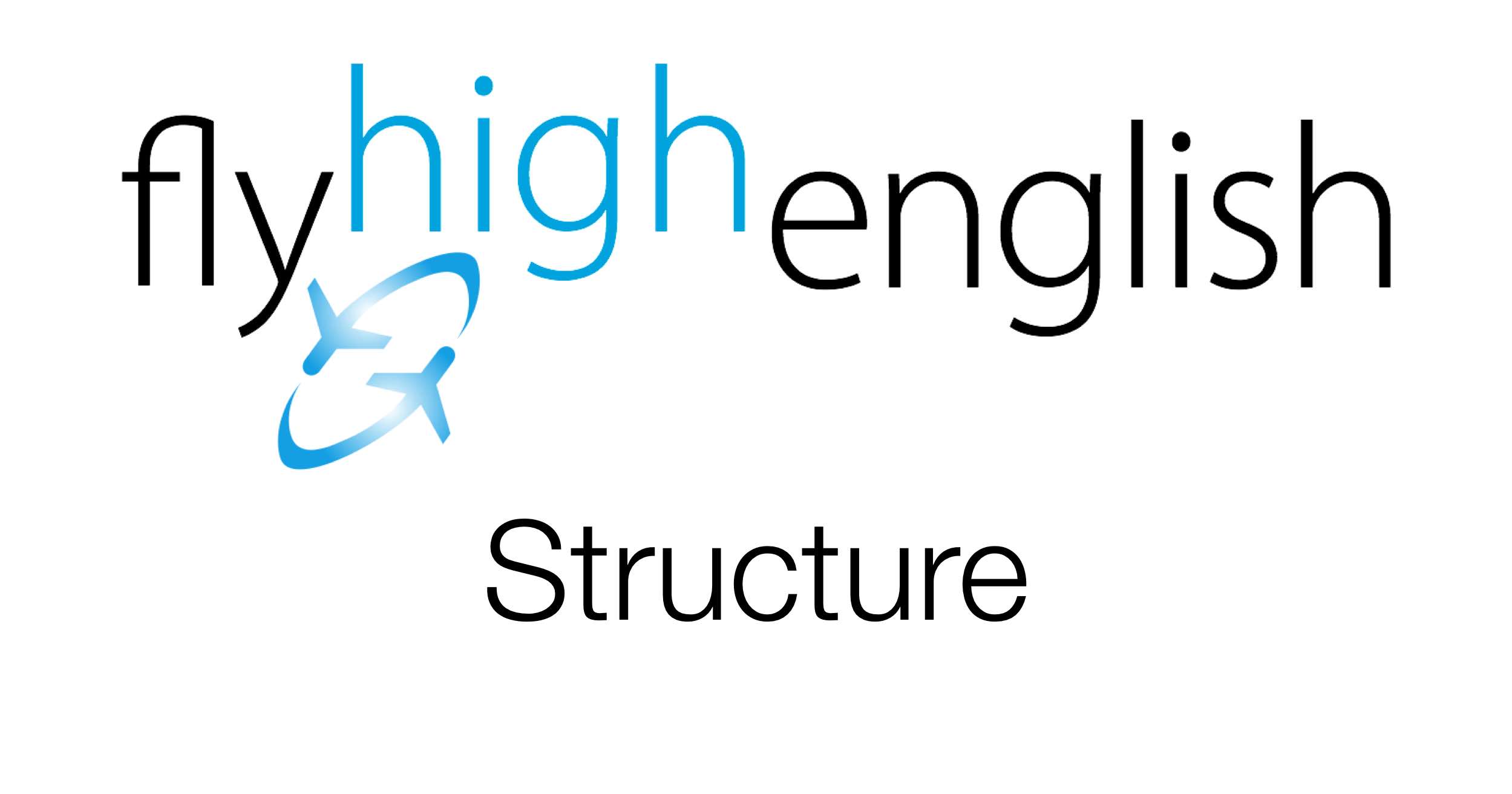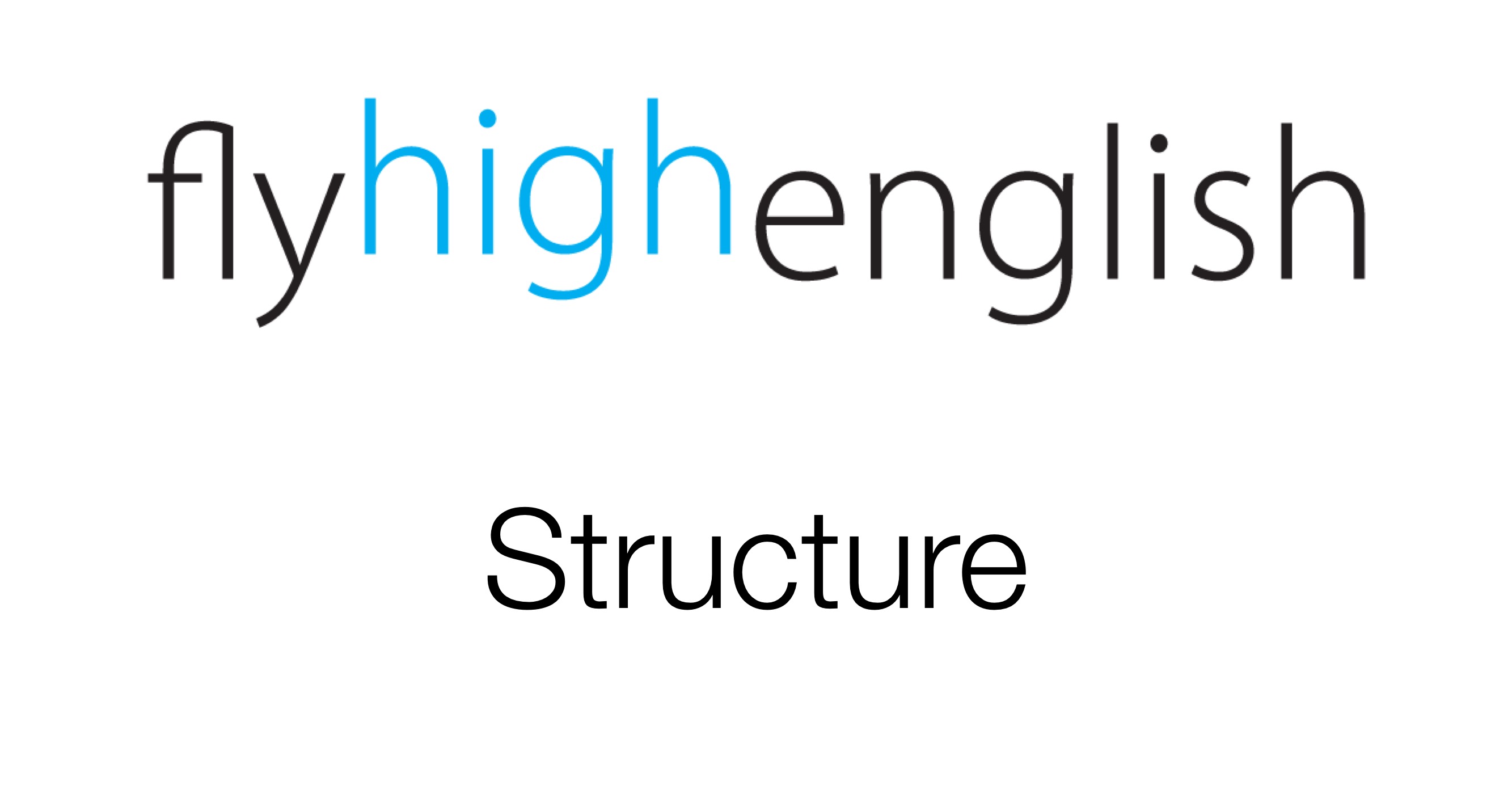
Focusing on ‘the’
We use ‘the’ when we it’s clear (or should be clear) which thing(s) or person(s) we are talking about. There are usually a few reasons for this:
eg We’ll talk more at the hotel.
1) This hotel is the usual one the speaker and listener go to.
eg Did you find the chart?
2) The listener knows which chart because it was mentioned previously.
eg Can you pass me the red pen?
3) The speaker makes it clear which thing he’s talking about. (‘red’ here helps to make it clear)
eg Don’t open the (cockpit) door, there’s a crazy passenger trying to get in.
4) It’s clear from the situation which thing the speaker is talking about because there’s only one in the area.
Using ‘the’ helps the listener understand that he/she should know the thing or person being mentioned.
Study the situations above and try to create some of your own examples.
Follow us on Twitter here or Facebook here for more great content!
Like this:
Like Loading...




